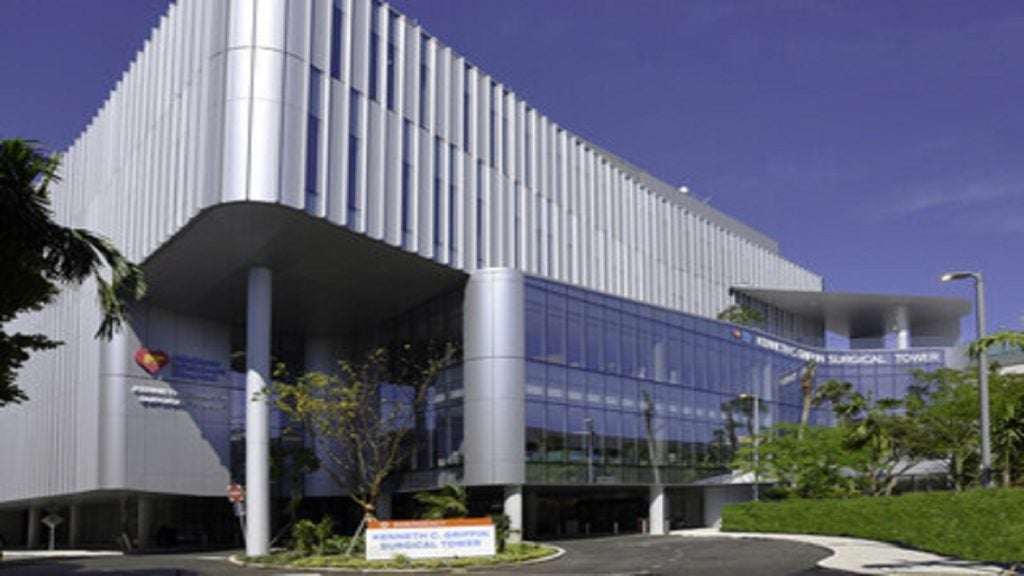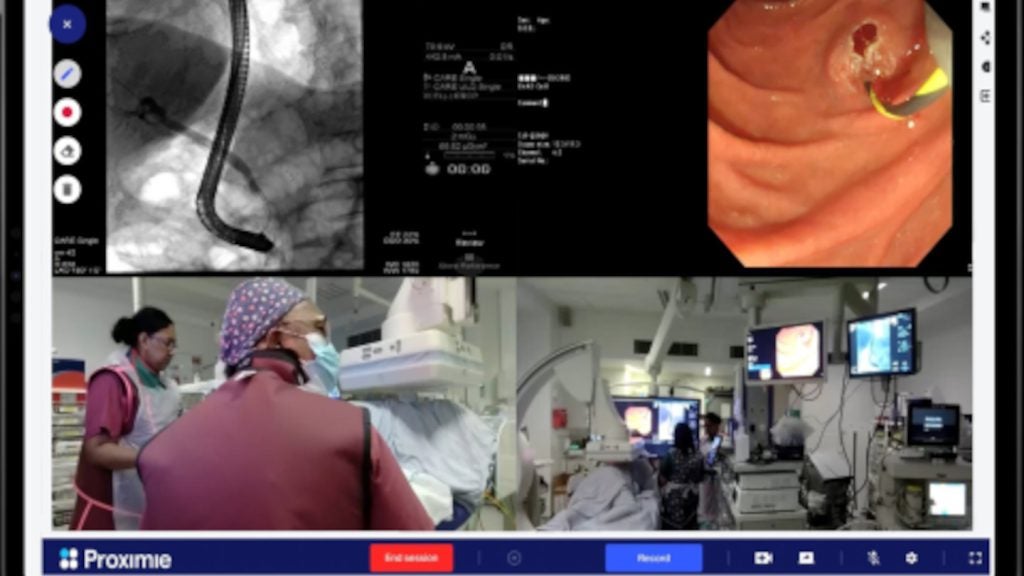Trinity Hospital has reported a 47% reduction in healthcare-associated infections following the deployment of two germ-fighting robots two years ago.
The hospital deployed two Xenex LightStrike Germ-Zapping robots as part of its efforts to minimise the risk of healthcare-associated infections (HAI).
HAI are infections that patients acquire while receiving treatment in a hospital. It includes Methicillin-resistant Staphylococcus aureus (MRSA), Vancomycin-resistant enterococci (VRE), and Clostridium difficile (C.diff).
Trinity Health’s Infection Prevention and Control programme coordinator Sue Niebuhr claimed that an analysis of data from the first year of using robots indicated a decline in HAI infections rate by nearly 50%.
Niebuhr added: “We experienced an average 47% reduction in HAIs after adding pulsed xenon UV disinfection to our cleaning protocols.
“MRSA infections were down by 34%; VREs declined by 69%; and C.diff infections were down by 39%. These results are in line with what other hospitals around the country have experienced and what research studies have indicated.”
How well do you really know your competitors?
Access the most comprehensive Company Profiles on the market, powered by GlobalData. Save hours of research. Gain competitive edge.

Thank you!
Your download email will arrive shortly
Not ready to buy yet? Download a free sample
We are confident about the unique quality of our Company Profiles. However, we want you to make the most beneficial decision for your business, so we offer a free sample that you can download by submitting the below form
By GlobalDataUtilising pulsed xenon germicidal UV-C light, the Xenex robotic system disinfects surfaces in five minutes. This light is hundred times more intense than sunlight. The system destroys viruses, bacteria, and other pathogens on surfaces that could potentially create health risk to patients.
The Centers for Disease Control and Prevention has urged healthcare providers to strengthen their battle against multi-drug resistant organisms.
Trinity Health claimed that it was already following CDC recommended practices to control infections and added the Xenex system to its cleaning procedures as an extra initiative to fight against infections.







